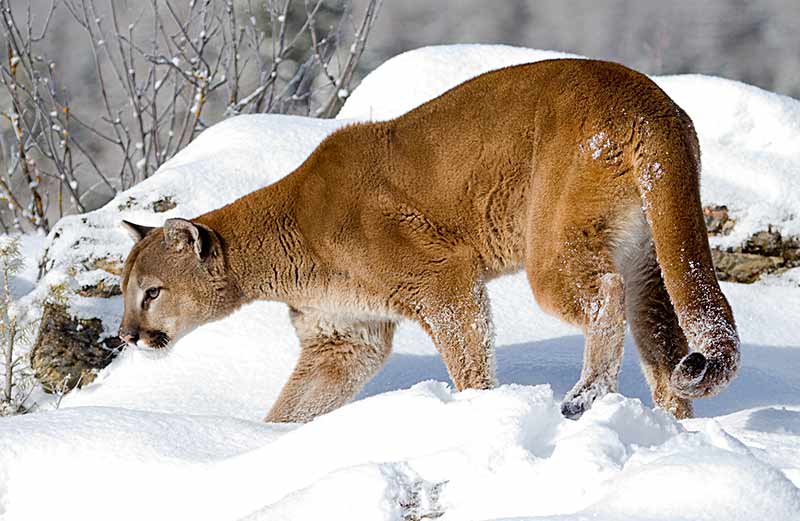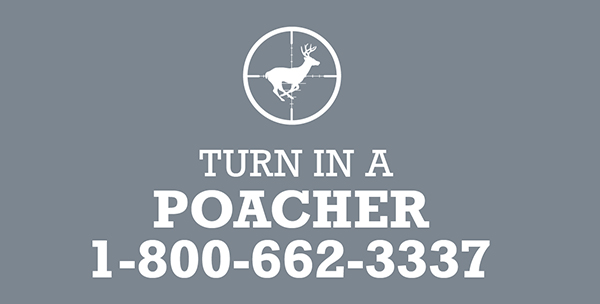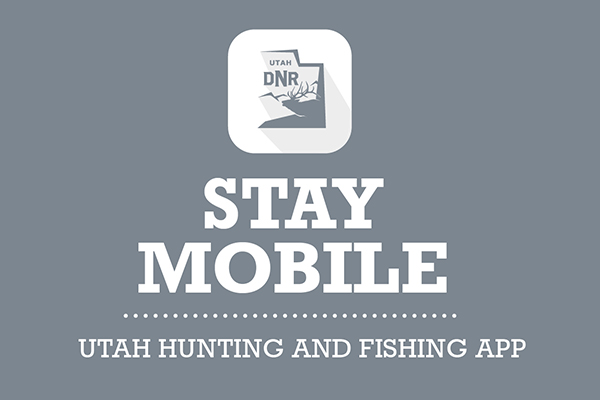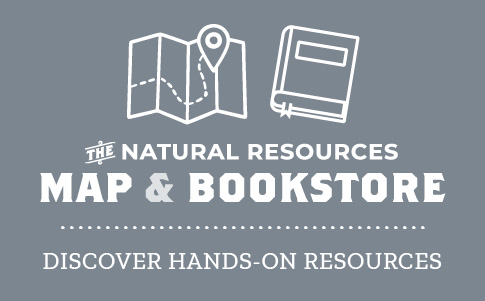Cougar program
Background information on Utah's cougar program
Cougars (Felis concolor) are found statewide in Utah, occurring in habitat types ranging from rugged desert areas to above timberline. Seasonally, their movements and habitat selection follow their main prey — mule deer. While cougars will also feed on rabbits, elk or other animals, about 80% of their diet consists of deer.
Cougars became protected animals in Utah in 1966. Prior to that time, harvest was unregulated. A bounty, ranging from $2.50 to $30, was sometimes offered from 1888 to 1960. Professional hunters and trappers working for Animal Damage Control also killed cougars to protect livestock. From 1913 to 1967, an average of 106 cougars were killed annually by ADC personnel or by the public for bounty.
Cougar harvest by sportsmen has been regulated by the Utah Wildlife Board since it became a protected animal in 1966. A basic hunting license and a cougar permit were required to harvest cougars. With the exception of 1972, 1976 and 1983-84 — when second cougar permits were available for some areas — there was an annual limit of one cougar harvest per hunter from 1970 to 2023.
In 2023, the Utah Legislature changed the regulations governing cougar pursuit and harvest. Currently, cougars can be harvested year-round with a hunting or combination license (no bag limit, and no additional permit is required). Anyone hunting or pursuing cougars must abide by the rules set forth in the current Utah Black Bear and Cougar Guidebook. Cougars may be trapped in accordance with current trapping rules and guidelines. Cougars are still classified as protected wildlife in Utah, and any harvested cougar must be checked in by DWR personnel within 48 hours of harvest and be issued a permanent possession tag.
Ongoing cougar research studies in Utah
Utah began a research project on Boulder Mountain in 1978 to learn more about cougars in Utah. The research topics included movements, home range, diet selection, habitat selection, differential vulnerability of age and sex classes to hunting, the effects of hunting, the effects of hound pursuit, and census techniques. This project was completed in 1989. A second research project was started in 1996 on Monroe Mountain and was completed in 2001. This project researched the accuracy and utility of using population estimators to manage cougar populations in Utah.
Through the Utah Wildlife Migration Initiative (founded in 2017), the DWR has placed GPS collars on a representative sample of cougars throughout the state to study movement patterns, habitat ranges, interactions with prey and competing predator species, and other topics.
From 2018 to 2023, in partnership with Utah State University, the Division conducted a study looking at cougar diet, prey selection and how often cougars take prey. We also looked at kitten survival, with the goal of developing a better way to estimate numbers of cougars on the landscape.
In 2022, the DWR began a study to determine how often cougars engage in scavenging versus making their own kills. This research is ongoing.
Cougar management goals
The DWR attempts to manage cougars in ways that are consistent with their prey base, habitat, and other biological and sociological constraints.
















